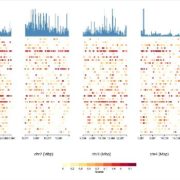
The AraGWAS Catalog: a curated and standardized Arabidopsis thaliana GWAS catalog
Blog, Plant Science Research Weekly, Research, Research BlogAraGWAS (aragwas.1001genomes.org) is a new useful tool developed within the 1001 Genome project that fully integrates and complements GWAP, EasyGWAS, AraPheno and AraGeno. With the availability of the 1001 genomes of Arabidopsis, the number of association studies is dramatically increasing but a way…
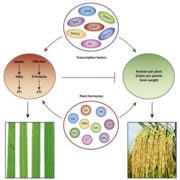
Review: Balancing immunity and yield in crop plants
Blog, Plant Science Research Weekly, Research, Research BlogDuring pathogen invasion, plant resources are diverted from further growth to activation of plant immune response. This review focuses on the recent advances in understanding the complex relationship between immunity regulation and yield production in the model monocot crop rice (Oryza sativa). Many…

Base-editing in RNA and DNA
Blog, Plant Science Research Weekly, Research, Research BlogThe ability to engineer precise changes in nucleic acid sequences has advanced rapidly over the last few years. Since the development of genome editing technologies such as CRISPR-Cas9, a modified version known as base editing has sought to reliably convert individual nucleotides. All known base…
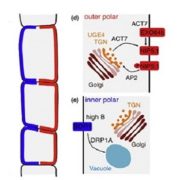
Review: Outer, inner and planar polarity in the Arabidopsis root
Blog, Plant Science Research Weekly, Research, Research BlogDespite vast differences across all living organisms, most eukaryotes display some form of cellular polarity which enables them to carry out specialized functions. The coordination of cell polarity within a single tissue layer is known as planar polarity. Nakamura and Grebe highlight the unique execution…
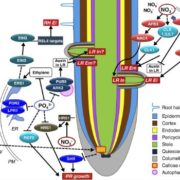
Review: The responses of root system architecture to nutrients
Blog, Plant Science Research Weekly, Research, Research BlogThe arrangement of a plant’s root system in the soil (root system architecture, RSA) changes in response to nutrients through different signaling pathways. It is assumed that RSA adapts to optimize the uptake of nutrients from the environment, but strong evidence is still lacking. This review by Shahzad…
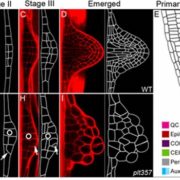
PLETHORA transcription factors orchestrate de novo organ patterning during Arabidopsis lateral root outgrowth
Blog, Plant Science Research Weekly, Research, Research BlogLateral root development in plants is a complex process that involves co-ordination of several molecular components to initiate the formation of meristematic cells. Uncovering the details of these processes is confounded by functional redundancy and tight cyclic regulation of different components in…
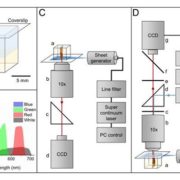
Light sheet microscopy imaging of light absorption and photosynthesis distribution in plant tissue
Blog, Plant Science Research Weekly, Research, Research BlogChlorophyll fluorescence is a common tool to investigate the behavior of the photosynthetic appratus, therefore photosynthetic capacity, at any physiological state. However, the different optical density of the samples can lead to light-dependent over- or underestimation of effective PSII quantum yields.…
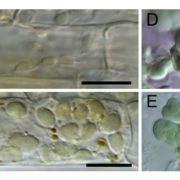
Re-creation of a key step in the evolutionary switch from C3 to C4 leaf anatomy
Blog, Plant Science Research Weekly, Research, Research BlogThe C4 Rice project aims to transition rice from a C3 crop to one that performs C4 photosynthesis, in order to realize a predicted 50% increase in yield. Here, Wang et al. expressed a positive regulator of chloroplast development, the maize GOLDEN2-LIKE transcription factor, in rice. The resulting…
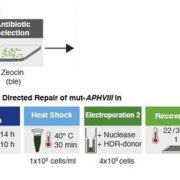
Chlamydomonas photoreceptor gene editing by zinc-finger nucleases and CRISPR/Cas9
Blog, Plant Science Research Weekly, Research, Research BlogNew genome editing technology, such as zinc-finger nucleases and CRISPR/Cas9, are revolutionizing reverse genetics studies because they allow fast and precise genetic modifications in many species. However, they require efficient transformation and selection methods. This is notably a problem for algae…

